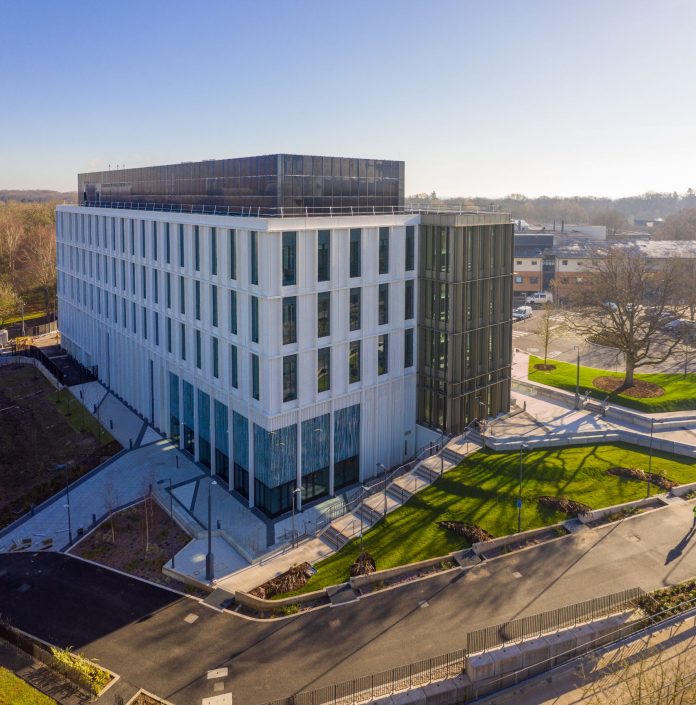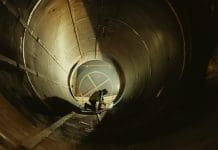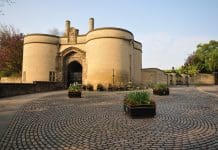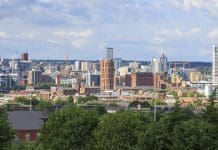Willmott Dixon has completed the construction of the £33m Interdisciplinary Biomedical Research Building (IBRB), which has been assembled with components manufactured offsite, at the University of Warwick
The new research building on the university’s Gibbet Hill campus will bring together up to 300 researchers who will be working to understand the origins and mechanistic basis of diseases of the body and brain, intending to find new ways to extend healthy life spans.
The facility will also house research in neuroscience, microbiology and infection, cell biology, and disease models, supporting and facilitating interdisciplinary biomedical research of the highest quality.
The development, which was project managed by Turner and Townsend, is 7000sqm and includes a 400-seat lecture theatre and five-storeys of laboratories, as well as various social and collaboration spaces.
Alongside housing a team of researchers, the development will also enhance the student experience, facilitate the growth of undergraduate schemes and foster interdisciplinary collaboration enabling life-changing biomedical research.
The building – designed by Hawkins Brown Architects and Fairhurst Design Group – has been completed to a standard with 50% of the development made up of PMV (pre-manufactured value), comprising of several offsite manufactured components, such as a pre-cast frame, mega-riser, timber frame, and cladding.
Net-zero carbon strategy
This approach simplifies the project’s logistics and improves its sustainability credentials by reducing the carbon footprint.
The project, which was supported by cost consultants Mace, has also maximised opportunities to improve sustainability, including the installation of over 390 vertical PV solar panels; these offsets approximately 46,00kg CO2 emissions.
Willmott Dixon’s Energy SynergyTM process will also be applied to the building to bridge the performance gap and drive down energy costs.
Throughout the project, the contractor has also studied the project’s embodied carbon lifecycle which is supporting the university’s net-zero carbon estates strategy.
With a £750,000 grant from the Wolfson Foundation, the IBRB includes the Wolfson Tissue Mechanobiology and Human Disease Laboratory, where researchers will investigate how cells and tissues perform mechanical functions.
Their work will impact our understanding of a wide range of diseases, from cancer to brittle bones and heart conditions, positively impacting our ability to fight human diseases.
Advancing health and fighting diseases
Nick Preedy, project lead at Willmott Dixon, said: “Following the successful completion of the award-winning University of Warwick Sports Hub, we established sustainable working practices with the university that could be replicated throughout the build of the IBRB scheme.
“These innovative practices included a blend of onsite and offsite manufacturing, which allowed us to cut down on product waste for both schemes, reduce build time, ensure better quality control and minimise our carbon footprint through fewer site deliveries.
“Our Energy SynergyTM process also played a large part in the sustainability of both projects. Initially launched during the construction of the university’s Sports Hub; the innovative service offering enables us to accurately estimate the energy consumption of each build.
“As a result, IBRB is now one of the most environmentally sustainable space on the University of Warwick’s campus to date, aligning seamlessly with the university’s targets to be carbon net-zero by 2030.”














